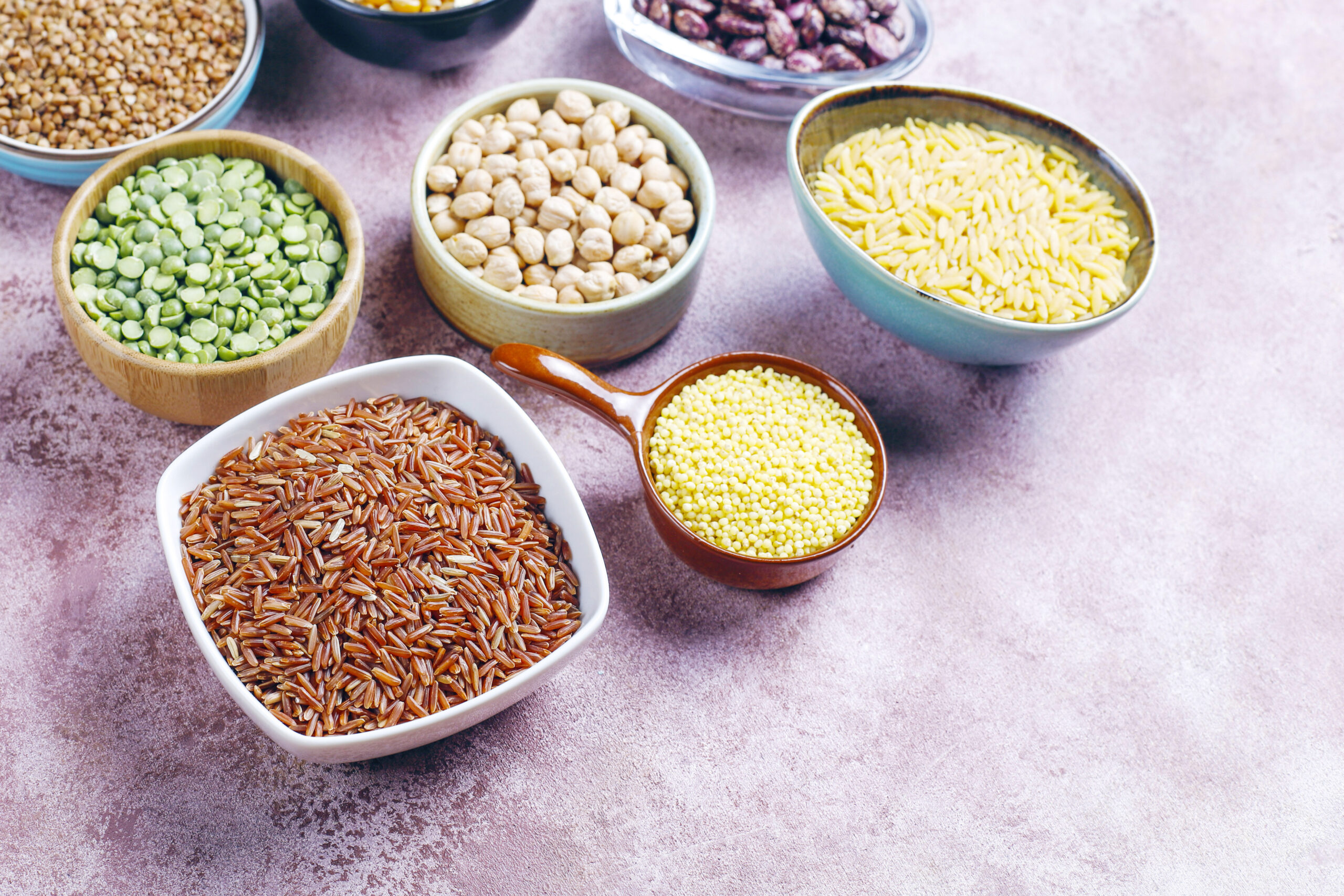
When most people think of protein-rich foods, they picture staples like beef, chicken, or beans. Certain whole grains are surprisingly powerful sources of plant-based protein, yet they rarely get the spotlight they deserve. Beyond their reputation for providing fiber, essential vitamins, and minerals, many grains can also support muscle building, boost immunity, and help regulate blood sugar.
It often surprises people to learn that grains, typically viewed as carb-heavy, can be valuable contributors to daily protein intake. Whole grains like quinoa, farro, and amaranth contain a notable amount of plant-based protein, making them a smart addition to any balanced diet. Protein isn’t just for bodybuilders; it plays a key role in muscle and bone health, aids digestion, and helps the body repair and grow. Plus, it keeps you fuller for longer, which can support healthy eating habits and prevent unnecessary snacking.
What makes these grains especially appealing is their versatility. Whether added to salads, stirred into soups, or served as hearty side dishes, high-protein grains offer an easy way to elevate the nutritional value of your meals. By incorporating more of these unsung heroes into your diet, you’re not only diversifying your plate, you’re also supporting long-term health in a simple, sustainable way.
While animal proteins and classic plant-based sources like tofu and lentils generally deliver higher protein per gram, high-protein grains still bring a range of unique advantages, especially for active individuals and those seeking balanced, nutrient-dense meals. Here’s why you should consider adding them to your plate:
While whole grains offer a strong nutritional profile, not all grains are created equal—especially when it comes to protein quality and overall health benefits. Some grain products, although convenient and commonly consumed, fall short in terms of nutrient density. These less nutrient-rich options can impact blood sugar stability, protein absorption, and long-term health if consumed too often without balance.
Refined grains are one such example. Stripped of their fiber and many nutrients during processing, these grains can cause sharp blood sugar spikes followed by crashes, leading to fatigue and increased hunger. When eating refined grains, it’s best to pair them with a protein and fiber source, like cheese and apple slices, to help balance blood sugar and improve satiety.
Another category to be cautious of includes grains with added sugars and sodium, often found in boxed cereals and pre-packaged rice dishes. While these options can be convenient, they may contribute to excessive calorie intake and raise the risk of conditions like high blood pressure. Reading labels and choosing lower-sodium, no-added-sugar versions can help maintain the health benefits of your grain choices.
Lastly, grains with lower amino acid variety may offer protein, but not all are complete sources. Our bodies need 20 amino acids, nine of which must come from the foods we eat. While some high-protein grains come close to being “complete proteins,” many fall short of providing all nine essential amino acids in sufficient amounts. This is especially important for those relying on plant-based diets. Still, with a well-rounded diet, you can easily meet your body’s protein needs without issue.
Overall, while these grains can still be part of a healthy diet, it’s important to be mindful of their limitations and balance them with more nutrient-dense options.
Below are some high-protein grains you need to consider adding to your diet.
A complete protein, quinoa contains all nine essential amino acids. It’s also rich in fiber, magnesium, iron, and antioxidants, making it ideal for muscle repair, energy, and overall health.
Another complete protein, amaranth is gluten-free and packed with calcium, iron, and magnesium. It’s great for bone health and muscle growth, especially for plant-based eaters.
This tiny grain is rich in protein, iron, and resistant starch, which supports digestive health. Teff is also a great source of calcium and helps boost energy naturally.
An ancient wheat grain with a nutty flavor, farro is high in protein and fiber. It supports heart health, stabilizes blood sugar, and helps keep you full longer.
Despite its name, buckwheat is gluten-free. It contains high-quality protein and is rich in antioxidants, magnesium, and rutin, which support blood vessel health.
Millet is rich in protein, B vitamins, and iron. It’s great for energy production, metabolism, and helps regulate blood sugar levels.
Although not a complete protein, barley provides a good amount of protein and is very high in beta-glucan fiber, which supports heart health and digestion.
Oats are protein-rich and full of soluble fiber (beta-glucan), which helps reduce cholesterol and keeps you full. They’re also versatile for both sweet and savory meals.
Technically a seed, wild rice has more protein than white rice and is rich in antioxidants, zinc, and magnesium. It’s great for supporting immune function and muscle recovery.
While not as high in protein as others on this list, brown rice still provides a solid plant-based protein boost and is rich in fiber, selenium, and B vitamins.
Grains aren’t just a vehicle for carbs—they can be a serious contender in the world of protein-rich, health-boosting foods. High-protein grains like quinoa, teff, and buckwheat offer a diverse range of benefits, from muscle recovery to heart health, and are especially useful for those following plant-based or reduced-meat diets.
By including more of these nutritional powerhouses in your meals, you’re not only adding variety to your plate but also taking a proactive step toward balanced, long-term wellness. So next time you’re meal prepping or grocery shopping, don’t overlook these quiet grain heroes—they might just become your new pantry staples.